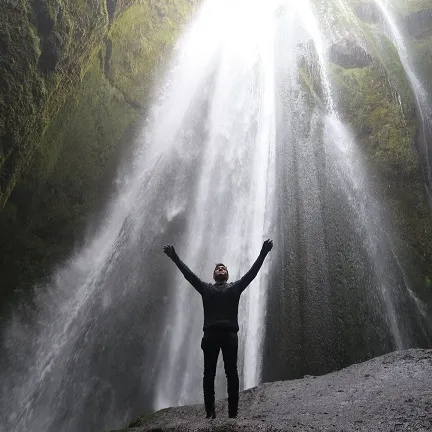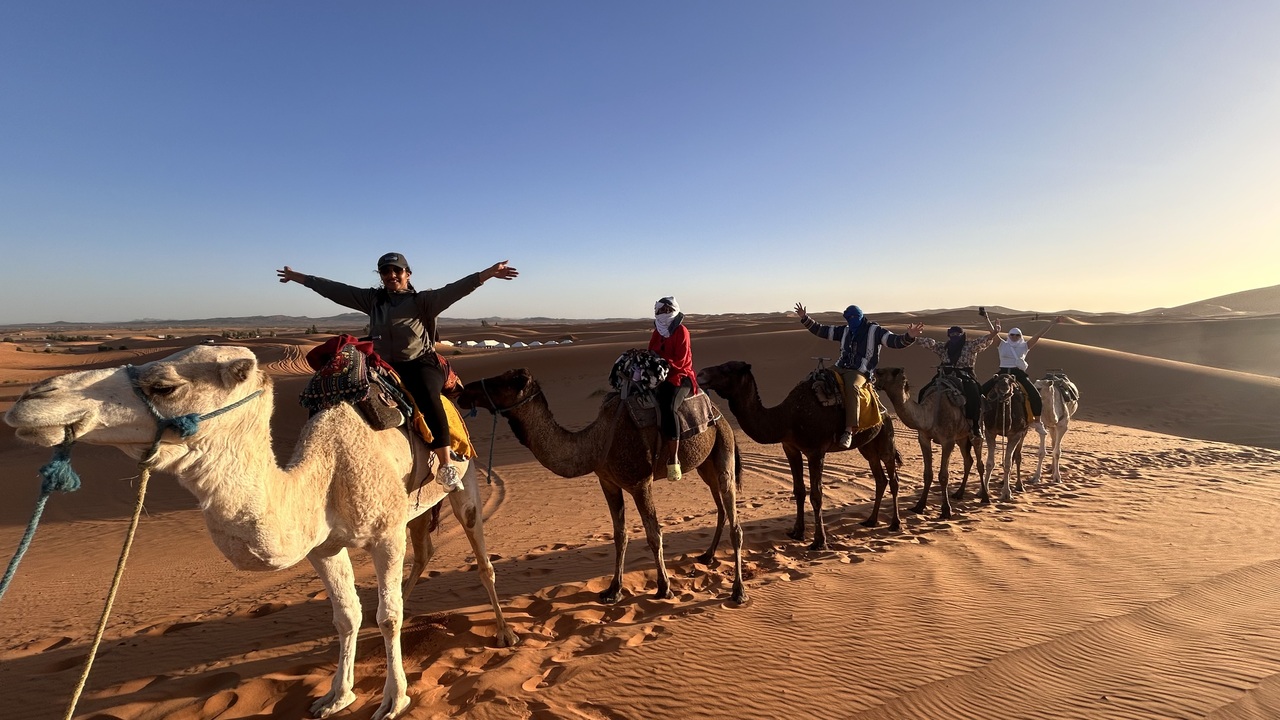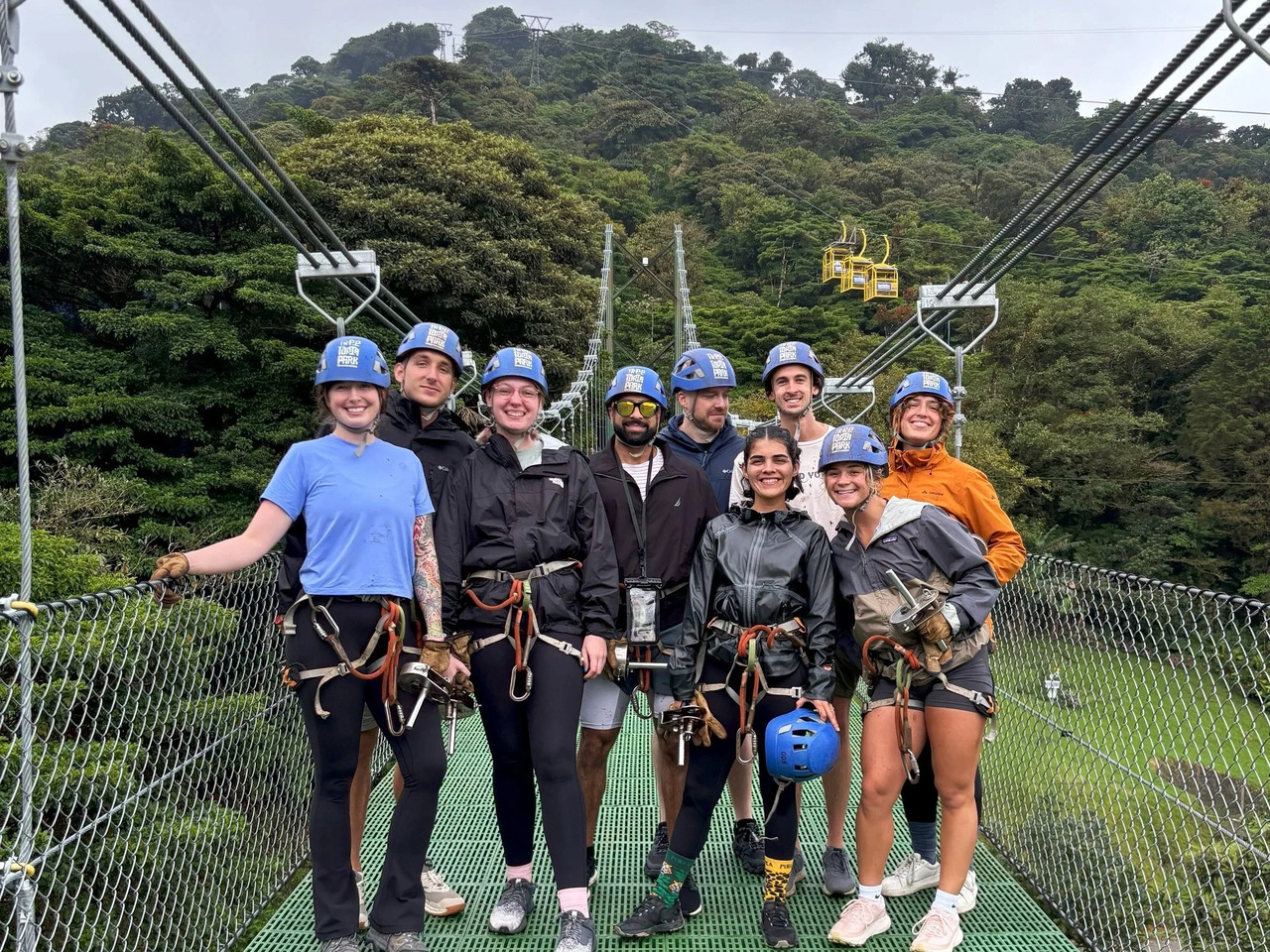If you read through even half of this article you’ll learn something that will shock you about Brazil and make you want to see it for yourself.
This country is unlike anywhere else...
Forget what you think you know

When it comes to Brazil, mainstream media only broadcasts soccer, Carnaval, beaches, teeny weenie bikinis, and most recently, the World Cup and Olympics.
All of these things are great in their own right but Brazil is far more complex and interesting of a country than any of these click bait subjects could ever touch upon.
Brazil 101
Let’s begin with some beginner level knowledge dropping:
- Did you know Brazil is one of only two countries in South America that DOESN’T speak Spanish?
- If you want to VISIT BRAZIL and stay in the locals good graces you should know that Brazil was colonized by the Portuguese and therefore Portuguese is their national language.
- Brazil is larger than the continental U.S and shares a border with all South American countries except Ecuador and Chile!
Who is Brazilian?
Besides Portuguese cultural and lingual inheritance, you’ll find a smorgasbord of other influences. Brazil is easily as diverse of a country as the United States.
Let’s be honest: when you think about what Brazilians look like you instantly imagine Tom Brady’s wife, Gisele, and the soccer phenom Ronaldo, right?
Well you can forget about what you think Brazilians are supposed to look like. That’s like trying to pretend you know what Americans look like. Like Americans, Brazilians come in all colors, shapes and sizes.
In the South of Brazil you’ll find zee Germans. The language, architecture, and traditions are all German and it is the land of blond haired, blue eyed immigrants. Betcha didn’t see that one coming...
In Brazil’s largest city, Sao Paulo (Metro pop of 19 million!), you’ll find the largest Japanese population in the world outside of Japan in the Liberdade neighborhood.
On the Northeast coast of Brazil you’ll find a region of red earth similar to West Africa in appearance. This part of Brazil was part of the supercontinent “Pangea” and connected to what we know today as the African continent.
The Northeast coast was also the center of slave trade in Brazil from Angola and other countries. Angolan culture, food, dress and religion has fought to survive and today is a cornerstone of the culture--especially in the state of Bahia.
Here is a non-exhaustive list of the larger groups of immigrants, slaves, and native peoples that have considerable contributions to Brazilian culture and society: Spanish, Portuguese, German, Italian, Angolan (+ several other African countries), several Eastern European countries, the Tupi people, and countless other native tribes.
As usual, this cultural stew has created some amazing food.
Parties and Poverty
Brazil is beautiful, fun, colorful and all of the other adjectives that its tourism board puts out there.
Yet with all of this awesomeness there is another side to Rio and Brazil. And if you're not prepared, it will smack you like a slap in the face the moment you arrive.
Wealth and poverty live side by side in Rio; perhaps more than anywhere else in Brazil. This is, in part, dictated by the amazing geography of Rio.
Mountains within the city are where the majority of the “favelas” (ghettos) are.
They abruptly jut up out of the coastline and the wealth of the city streets and oceanfront condos snakes in between these neighborhoods creating a level of intimacy and contact between wealth and poverty.
So, while you’ll undoubtedly enjoy visiting Rio for everything that you see on television, it’s also important to remember that Rio is home to many people who have never taken a picture in front of Christ the Redeemer.
The contrast, complexity, and duality of Rio and its residents is fascinating. And it’s important to remember there is a lot more going on in Rio than just beaches and bikinis.
Experience Brazil the right way

I encourage you to think about the difference between being a “tourist” and a “traveler”. For an optimal experience, I suggest you try the latter since it will better connect you with the culture and provide a more meaningful trip overall.
There will be plenty of parties and caipirinhas to drink. Brazil’s national drink is pretty bomb, and if you come on this trip to Brazil, i’ll even teach you how to make one!
There will also be plenty of opportunities to learn more about our surroundings and what is happening in Rio and Brazil as a whole.
This is your personal invitation to experience Rio with me and Under30Experiences!




.avif)


























